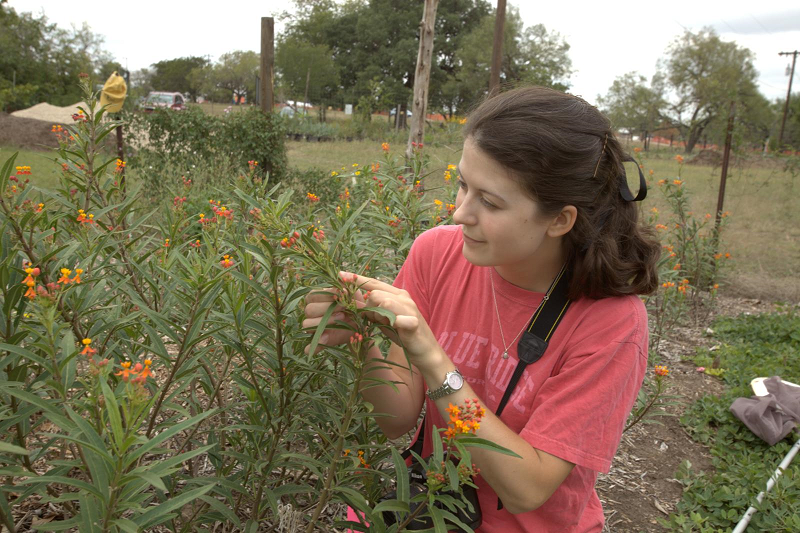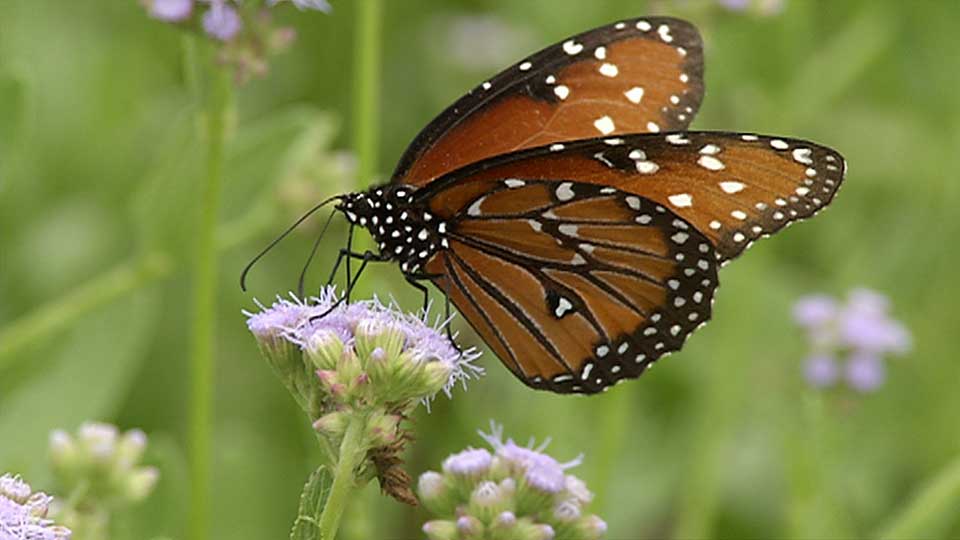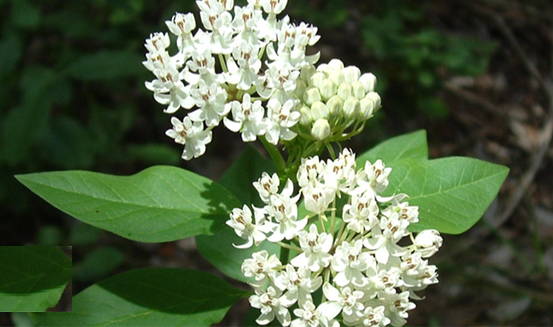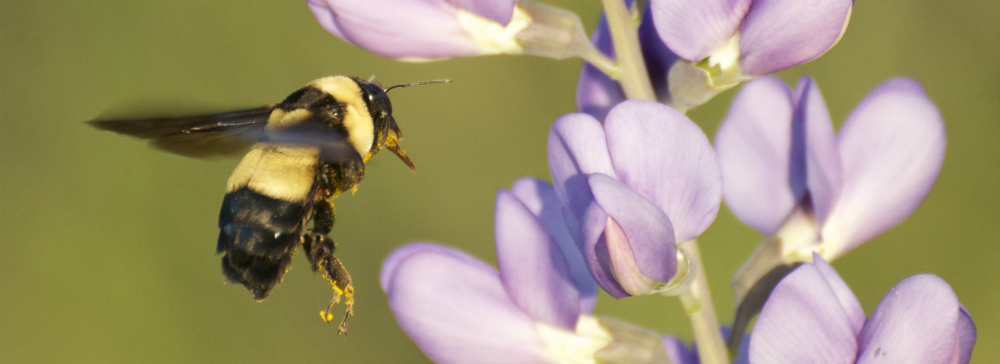Flowers, Boxes, and Bees. Oh My!
Monday, August 29th, 2016This is Passport to Texas
Texas Parks and Wildlife developed a new protocol that addresses land management for pollinators. While the protocols focus on acreage, urban dwellers can still manage for these species in their backyards.
One of the biggest things that urban residents can do is simply plant more good quality flowering plants.
Michael Warriner is non-game and rare species program leader for Texas Parks and Wildlife. He says native plants are best, but noninvasive nonnatives are also useful. He adds that if you’re serious about helping pollinators—scale back your lawn.
And having more flowering plants. Also, another thing is offering nest sites. And especially with our native solitary bees that nest in dead wood, urban folks can put up native bee nesting blocks.
If you’re worried about putting up nesting boxes because of the close proximity it puts you to bees—don’t.
Because solitary bees don’t defend their nest sites, you don’t have to worry about these bees flying out and defending their nests and getting stung. Let’s say like honeybee colonies do. Or, paper wasps. You know, insects that are social.
By planting more flowering species in your landscape, and by hanging bee nesting boxes in your public outdoor spaces, you are not only providing food, shelter and breeding sites for important pollinators, you’re also creating a more beautiful setting for yourself. Win-win.
That’s our Show…Funding provided in part by Ram Trucks. Guts. Glory. Ram
For Texas Parks and Wildlife…I’m Cecilia Nasti.
NOTE: October 7 – 16, 2016 participate in the Texas Pollinator BioBlitz. Learn more when you click here.







 Passport to Texas is a
Passport to Texas is a  Passport to Texas is made available by:
Passport to Texas is made available by: